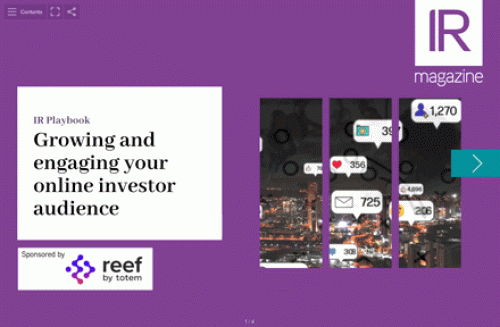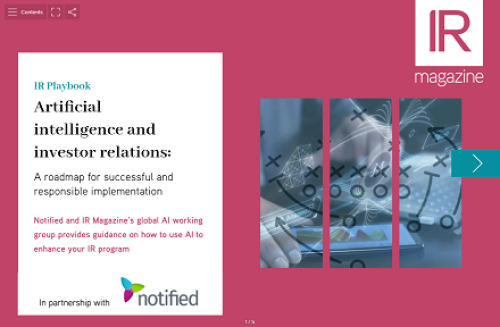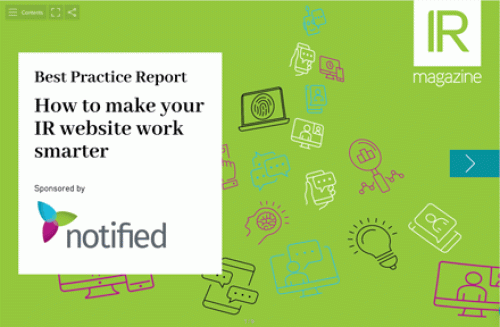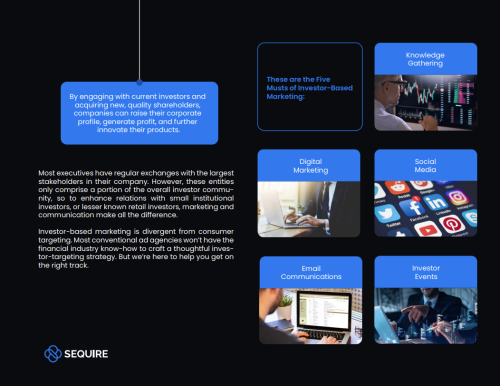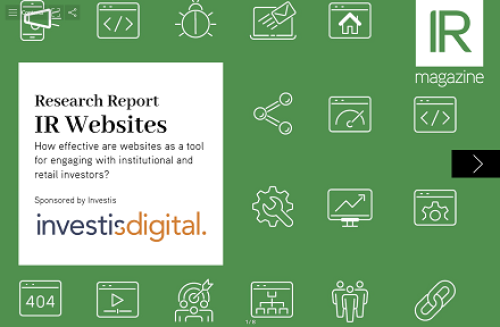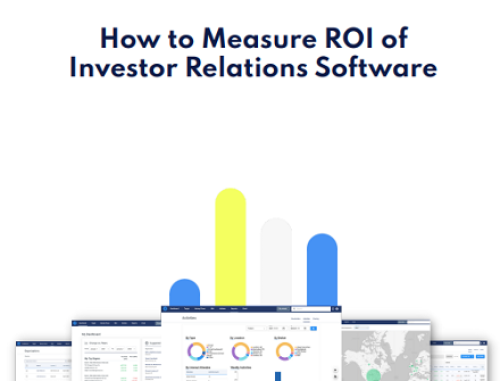Look to cyberspace for advice on adding real value to your corporate IR site
Perhaps your company plans an IPO and IR is a top priority in a brand new world. Maybe your firm threw up a corporate site a few years ago to capitalize on product sales while IR was given short shrift. Maybe a clever teenager does it for you. Maybe you don't even have a web site. Or maybe you are new on the job but you already know the power of the web.
You know, for example, that many investors, large and small, expect to use the web as a primary source of information. You know you can
You need to register to access 3 free deep dive articles per month. To continue reading please register or login below..
- Unlimited deep dives
- Data-driven research around key topics
- Buy-side insights
- Benchmarking reports
From
$1495

